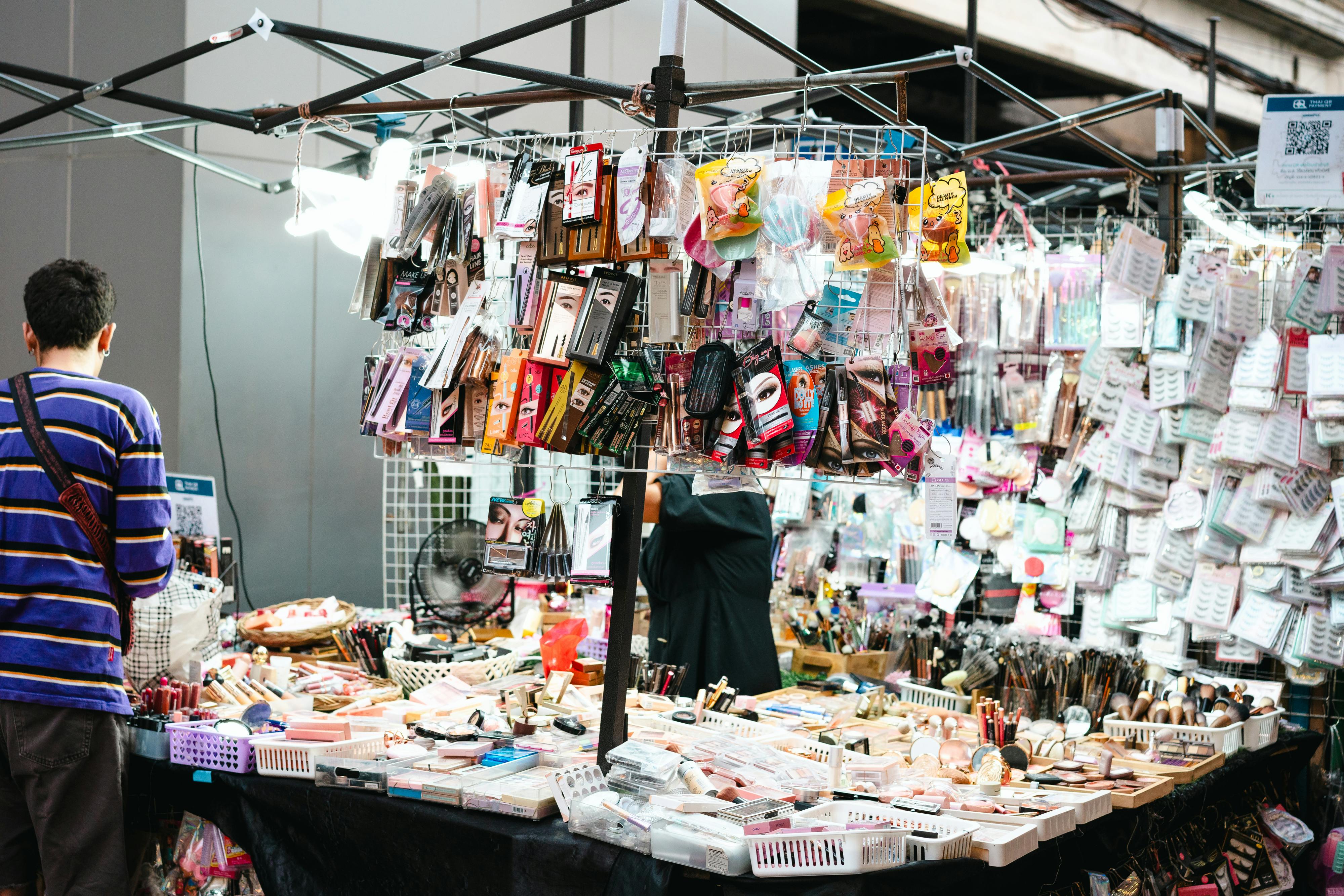I'm only writing this because I've been this guy for so long, but we can't deny that we all love a good deal. Whether it’s a discounted gadget, a budget-friendly piece of furniture, or an unbelievably cheap pair of shoes, there’s a certain thrill in getting more for less. But have you ever stopped to think about what you’re actually paying for?
At first glance, that $10 T-shirt or $50 phone charger seems like a win. It does the job, looks decent, and costs a fraction of the premium brands. But then, a few weeks later, the stitching starts coming apart, the charger overheats, or the item just stops working altogether. Now, you’re back at the store, replacing what you thought was a bargain.
Cheap products often come at the expense of quality, durability, and, in some cases, safety. That low price tag is made possible by cutting corners—whether it’s through inferior materials, poor craftsmanship, or even unethical labor practices. And while you might save a few dollars upfront, you end up spending more in the long run, replacing the same item over and over.
But the cost isn’t just financial. Have you ever noticed how frustrating it is when a cheap tool breaks mid-use or when you have to deal with customer service for a defective product? The time and energy spent fixing these problems could have been avoided with a better-quality purchase in the first place.
That’s not to say everything expensive is automatically better. But there’s a balance—an understanding that value isn’t just about the price you pay today but the overall cost over time. Sometimes, spending a little more upfront saves you a lot down the road.
So next time you’re tempted by the lowest price, ask yourself: Is this really a good deal, or am I just paying for the illusion of one?
